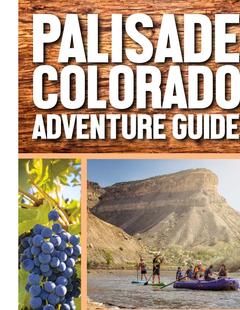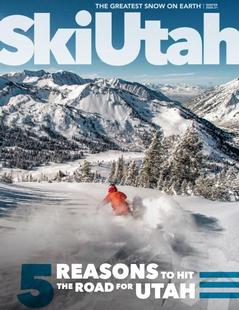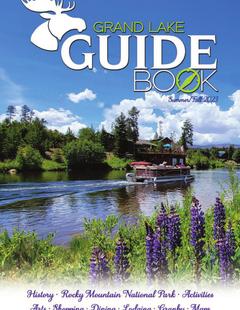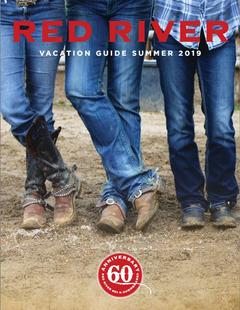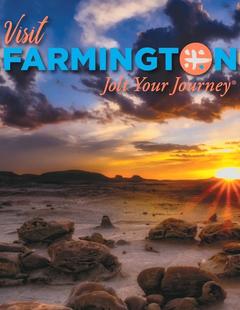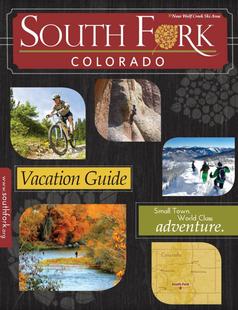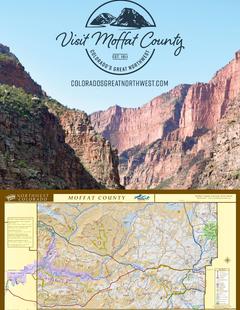Description
It’s spectacular scenery, much of it protected as part of the Utah national park system, that brings travelers in droves to the southwestern half of the state. In all, there are 5 Utah national parks worth exploring for days on end, but don’t get so caught up in lovely landscapes that you miss out on some of the cultural attractions on offer close to the main gates.
Take Arches National Park, for one. Though its inhabited history stretches back thousands of years, the primary cultural sites are far more recent. Two prime examples? The Wolfe Ranch, a dusty nineteenth-century cabin located where the Delicate Arch trail starts, and the nearby Ute petroglyph panel, known as Wolfe Ranch Rock Art. If you find these intriguing, consider the Courthouse Wash Rock Art panel near the park entrance or a hunt for any of the other numerous rock art examples in the area. Get details, and a map, at the Moab Information Center.
Canyonlands National Park, to the south, also bears record of the peoples who once made a home in the region. One of the best known examples of ancient artistic efforts can be found in Horseshoe Canyon’s “Great Gallery”, both scenic hiking spot and historic time capsule. Then move on to the tiny town of Fruita, surrounded by the canyons of Capitol Reef National Park. In summer you can both tour its quaint historic buildings and sample fresh fruit from the orchards that gave this town its name.
Bryce is better known for its hoodoos than its cultural sights, but venture on towards Cedar City and find a good clutch of cultural attractions to consider, including the Frontier Homestead State Park Museum, the Parowan Gap Petroglyphs and the annual Utah Shakespearean Festival. You’ll also want to be sure to give the Zion Human History Museum, associated with Zion National Park (to the southwest) a tour. In addition to numerous artifacts dating to the area’s early history, the museum also puts on exhibits of park inspired art over the ages.
















